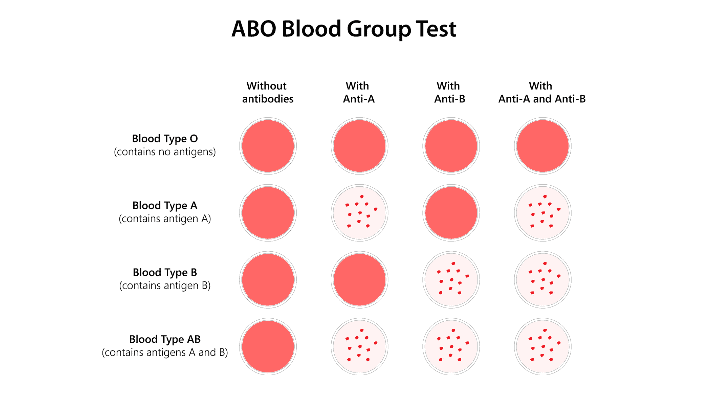The Evolution of DNA Testing for Paternity Cases
Throughout history, determining the biological father of a child has raised complex personal, legal, and ethical questions. While paternity was traditionally established through testimony or presumption, the emergence of genetic testing fundamentally transformed the ability to conclusively prove parentage. This article explores the key milestones in the development of DNA testing and paternity screening over the past century.
Pre-DNA Era (Prior to 1930s)
Before modern genetics, paternity was determined largely by testimony or social presumption regarding a man’s relationship with the mother. Without reliable biological testing, accusations of misattributed paternity could arise and often proved difficult or impossible to definitively resolve. Limitations in accuracy and potential disputes made establishing undisputed paternity a persistent challenge.
While rudimentary blood type testing existed in the early 1900s, it was not until the 1930s that blood typing began to be applied in paternity determinations. Even so, its accuracy remained limited for decades.
Early Blood Typing (1930s-1960s)
The discovery of different blood groups or types enabled the earliest forms of paternity screening. Landsteiner’s breakthrough in blood typing in 1901 laid the foundation for its application in paternity cases starting in the 1920s and 1930s, though its discriminatory power remained limited.
By the 1960s, testing expanded to include more blood group systems and using exclusion probabilities could exclude a falsely accused man as the father in certain cases. However, blood typing alone could not conclusively establish paternity.
HLA Typing (1960s-1980s)
The identification of the human leukocyte antigen (HLA) system in the 1960s marked a significant advance. HLA proteins found on white blood cells provided increased exclusion power compared to earlier blood typing.
In some cases, combining HLA and blood group data could provide over 90% probability of paternity, enabling more definitive conclusions. HLA typing gained wider use in court cases regarding paternity disputes during the 1970s and 1980s.
DNA Fingerprinting & Paternity Testing (1980s-Present)
In 1984, Alec Jeffreys pioneered DNA fingerprinting at the University of Leicester, recognizing its potential for paternity testing. The first commercial DNA paternity tests became available in 1988. Extracting DNA from blood or buccal swab samples, genetic markers unique to each individual could definitively determine biological relationships.
DNA paternity testing achieved over 99% accuracy, becoming a widely accepted legal standard. Widespread access fundamentally changed society, from personal questions of infidelity and unknown parentage to legal proofs of parent-child bonds.
DNA testing technology rapidly evolved through the 1980s and 1990s. Restriction fragment length polymorphism (RFLP) testing emerged as a highly accurate method in the 1980s, followed by the even simpler and faster polymerase chain reaction (PCR) testing in the 1990s, which remains the standard today with over 99.99% accuracy.
Modern Advancements & Future Possibilities
Recent decades have seen continued advancements, including direct-to-consumer DNA testing and fetal paternity testing via maternal blood sampling. Ethical considerations remain around informed consent, privacy, and emotional impact.
Looking forward, research into epigenetics or microbiome profiling may uncover additional factors influencing the child’s development, further evolving our understanding of paternity and inheritance.
Alternative Paternity Testing Methods: Beyond the Standard Swab
While standardized DNA paternity testing via buccal swabs has become the gold standard, some situations necessitate seeking alternative methods.
Prenatal Paternity Testing: Performed during pregnancy, this uses DNA from the amniotic fluid or chorionic villi and maternal blood to establish paternity with high accuracy. However, it carries inherent risks compared to standard testing and is typically reserved for specific medical or legal reasons.
Paternal Grandparent DNA Testing: When the suspected father is unavailable, analyzing DNA from grandparents can confirm or exclude paternal lineage. This method relies on the inheritance of Y chromosomes (males) or mitochondrial DNA (both genders) across generations.
Other Bodily Materials: While less common, DNA can be extracted from various sources like hair follicles, fingernails, bloodstains, or even used tissues. These methods often require specialized labs and might have lower accuracy compared to standard swabs.
Even with advanced standard DNA tests, unique circumstances sometimes require creative alternative approaches. As testing continues to evolve, scientists pursue new techniques to establish paternity across diverse situations. However, standard buccal swab testing remains the most accessible, noninvasive, and accurate choice applicable to most cases.
Conclusion
In summary, the path to establishing paternity has transformed remarkably in the past century, evolving from subjective methods to highly accurate genetic testing. As DNA analysis continues to progress, its applications and implications will further permeate our society, shaping personal lives and raising complex questions we must thoughtfully consider.
The story of paternity testing reflects both the power of science to uncover difficult truths and the deeply human need for an answer to one simple question – who’s your father?



